Have you ever wondered what happened after CSS3? It’s common knowledge that we never saw CSS4 come after it, yet we have a plethora of new features that have no similar way of defining when they were introduced. The W3C CSS-Next community group is actively searching for better approaches for how we describe the evolution of CSS over time and identify feature sets as effectively as we did with CSS3 way back in 2009 — and you can help. https://smashingmagazine.com/2024/08/time-to-talk-about-css5/
Melden Sie sich an, um einen Kommentar hinzuzufügen
Andere Beiträge in dieser Gruppe
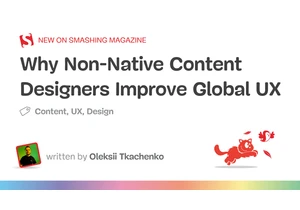
Ensuring your product communicates clearly to a global audience is not just about localisation. Even for products that have a proper localisation process, English often remains the default language fo
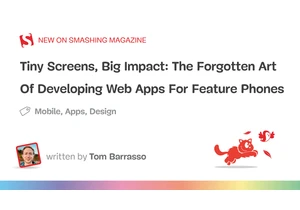
Learn why flip phones still matter in 2025, and how you can build and launch web apps for these tiny devices. https://smashingmagazine.com/2025/07/tiny-screens-big-impact-developing-web-apps-feature-p
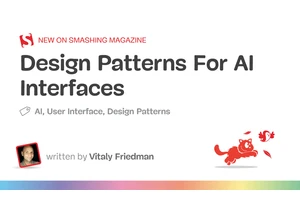
Designing a new AI feature? Where do you even begin? From first steps to design flows and interactions, here’s a simple, systematic approach to building AI experiences that stick. https://smashingmaga

The Wizard of Oz method is a proven UX research tool that simulates real interactions to uncover authentic user behavior. Victor Yocco unpacks the core principles of the WOZ method, explores advanced
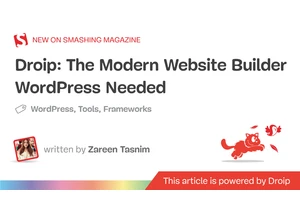
Traditional page builders have shaped how we build WordPress sites for years. Let’s take a closer look at Droip, a modern, no-code visual builder, and explore how it redefines th

As always in design, timing matters, and so do timely notifications. Let’s explore how we might improve the notifications UX. More design patterns in our <a href="https://smart-interface-design-patter
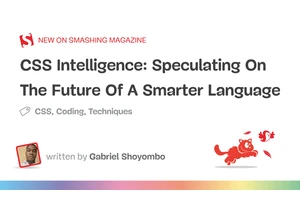
CSS has evolved from a purely presentational language into one with growing logical powers — thanks to features like container queries, relational pseudo-classes, and the if() function. Is it still
